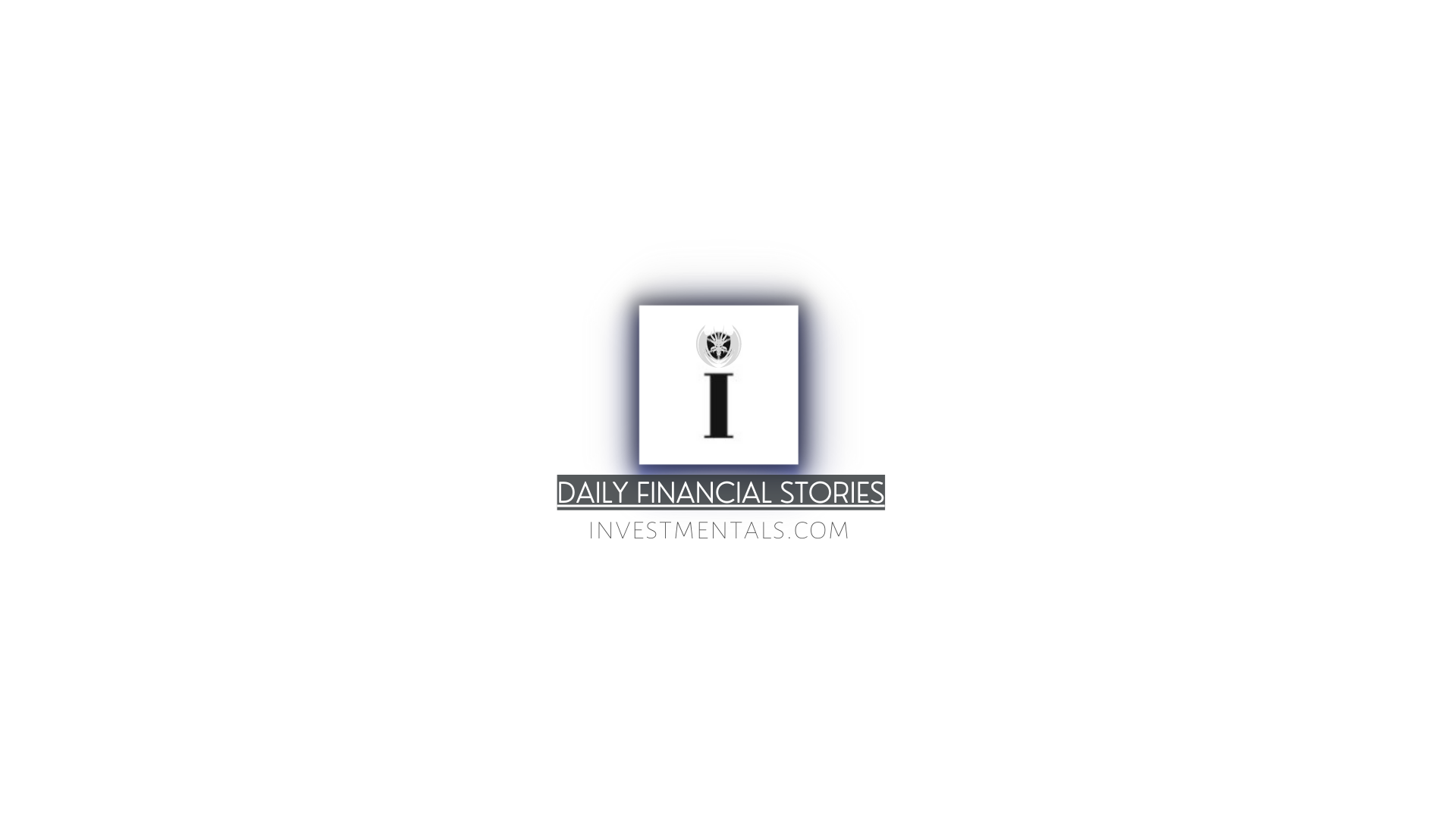The United States is reported to be experiencing a significant surge in the unemployment rate, which rose sharply to 3.8% in August, even as the economy added 187,000 new jobs to the workforce.
The Bureau of Labor Statistics’ report on Friday defied expectations as nonfarm payrolls grew by 187,000, surpassing the estimated 170,000 jobs. Nevertheless, the alarmingly high unemployment rate of 3.8% marked a significant jump from July, representing the highest figure since February 2022. Moreover, the revision of estimates for previous months revealed a downward trend, adding complexity to the current economic landscape.
One remarkable aspect of this development is the surge in the labor force participation rate, which reached 62.8%, a level not seen since February 2020, just before the onset of the Covid-19 pandemic. Paradoxically, the more comprehensive unemployment measure, which considers discouraged workers and those working part-time for economic reasons, also increased to 7.1%. This 0.4 percentage point uptick is the highest recorded since May 2022.
While the job market displays mixed signals, another key metric, average hourly earnings, increased by 0.2% for the month and 4.3% from a year ago, slightly below the respective forecasts of 0.3% and 4.4%. This may signify a potential easing of inflation pressures.
Sector-wise, healthcare experienced the most significant gains, adding 71,000 jobs, followed by leisure and hospitality (40,000), social assistance (26,000), and construction (22,000). However, transportation and warehousing faced a decline of 34,000 jobs, and the information sector lost 15,000 jobs.
A critical factor contributing to this unemployment paradox lies in the substantial downward revision of previous months’ job counts. July saw a downward adjustment of 30,000 jobs to 157,000, while June was revised lower by 80,000 jobs to 105,000, marking the smallest monthly gain since December 2020.
This unexpected rise in the jobless rate carries broader implications as Federal Reserve officials meet to chart the course of monetary policy. Despite market expectations of the Fed refraining from rate increases at the upcoming September 19-20 meeting, there remains a 38% probability of a final hike at the Oct. 31-Nov. 1 meeting, according to CME Group data.
These developments come amidst a complex economic landscape, with job openings falling to a 28-month low in July and signs of cooling inflation despite remaining above the Fed’s comfort zone.







